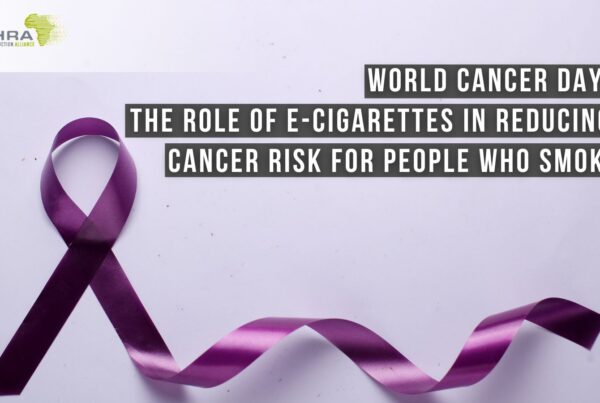Embracing Harm Minimization on the Journey to Cessation
The Back to the Basics series has already established how Tobacco Harm Reduction (THR) relies on harm minimisation and scientific evidence as two key pillars of its strategy. Both these pillars come together with the risk continuum – a scientific method that presents the harms caused by various tobacco and nicotine products as relative to each other.
First developed and published by Nutt et al. in 2014 and further modified by Abrams et al. in 2018, this continuum of risk remains a relatively new and exceedingly relevant tool in the THR toolbox. In fact, it is deeply tied to what THR itself stands for. As a report titled ‘Saving Lives: An Advocate’s Guide to Tobacco Harm Reduction’ writes, “Tobacco harm reduction is, and will always be, about shifting tobacco users down the risk continuum to the least harmful products or as an aid to cessation.”

A full graph of the products along the harm minimisation continuum can be found shared online by Abrams et al. With No Tobacco Use on one end, on a weighted harm scale of 0/100, and smoking cigarettes on the other end, on a weighted harm scale of 100/100, this graph fully acknowledges that no use is the only category that provides no harm. This aligns with THR itself, which always presents alternative products as reduced harm while acknowledging that the ideal or the end goal is the total lack of harm that comes with cessation.
In between No Tobacco Use and Cigarettes, the graph is divided into three categories: ‘nicotine, NRTs and e-cigs’ and ‘smokeless tobacco’, which fall under much less harm, as well as ‘combusted tobacco’, which falls under extreme toxicity. In fact, the difference between cigarettes and the highest level of harm under smokeless tobacco is very sizeable, with Cigarettes at a 100% harm and Smokeless Unrefined at somewhere between 10-12%. E-cigarettes further drop the harm to less than 5%, with Oral Products containing a 1-2% harm. This clearly shows how tobacco harm reduction isn’t just a band-aid but a viable, greatly harm reduced and provenly effective alternative to smoking combustible cigarettes.
However, the risk continuum is the start and not the end of change. As the Saving Lives report states, “this continuum of risk needs to be researched, clarified, and, most importantly, communicated to consumers. Only then will individuals be able to make an informed choice and use nicotine more wisely.” In the next few articles of this series, we will explore categories of harm-reduced products in further depth before looking at how all of us can make a change and be part of the solution.
THR Topics
Popular Posts
Quick Links
Women in THR
Related Posts
 Letter to the World Health Organization (WHO)
Letter to the World Health Organization (WHO)
Letter to the World Health Organization (WHO)
 Public Health implications of vaping in Germany
Public Health implications of vaping in Germany
Public Health implications of vaping in Germany
 Public Health implications of vaping in the United States of America
Public Health implications of vaping in the United States of America








